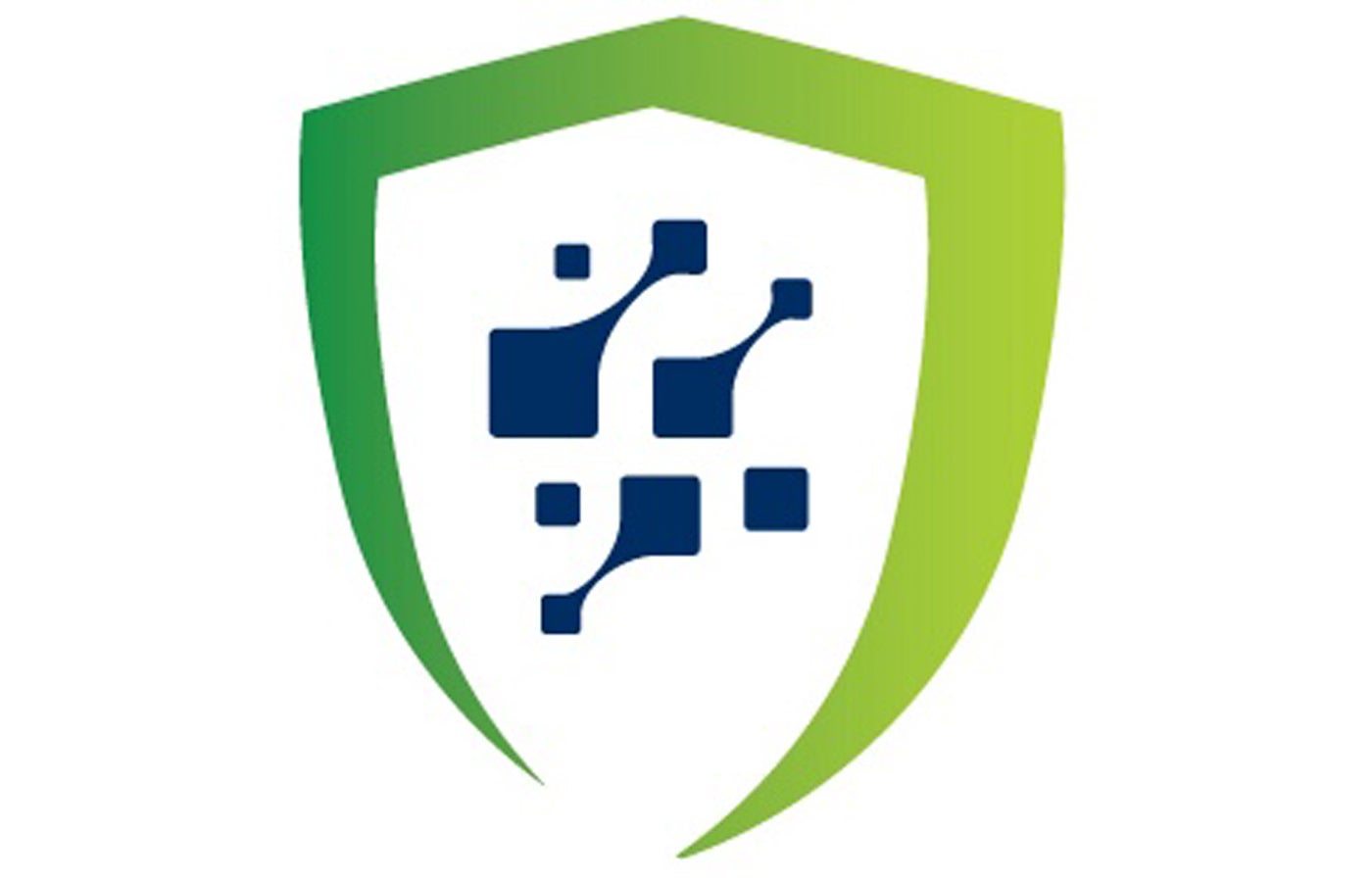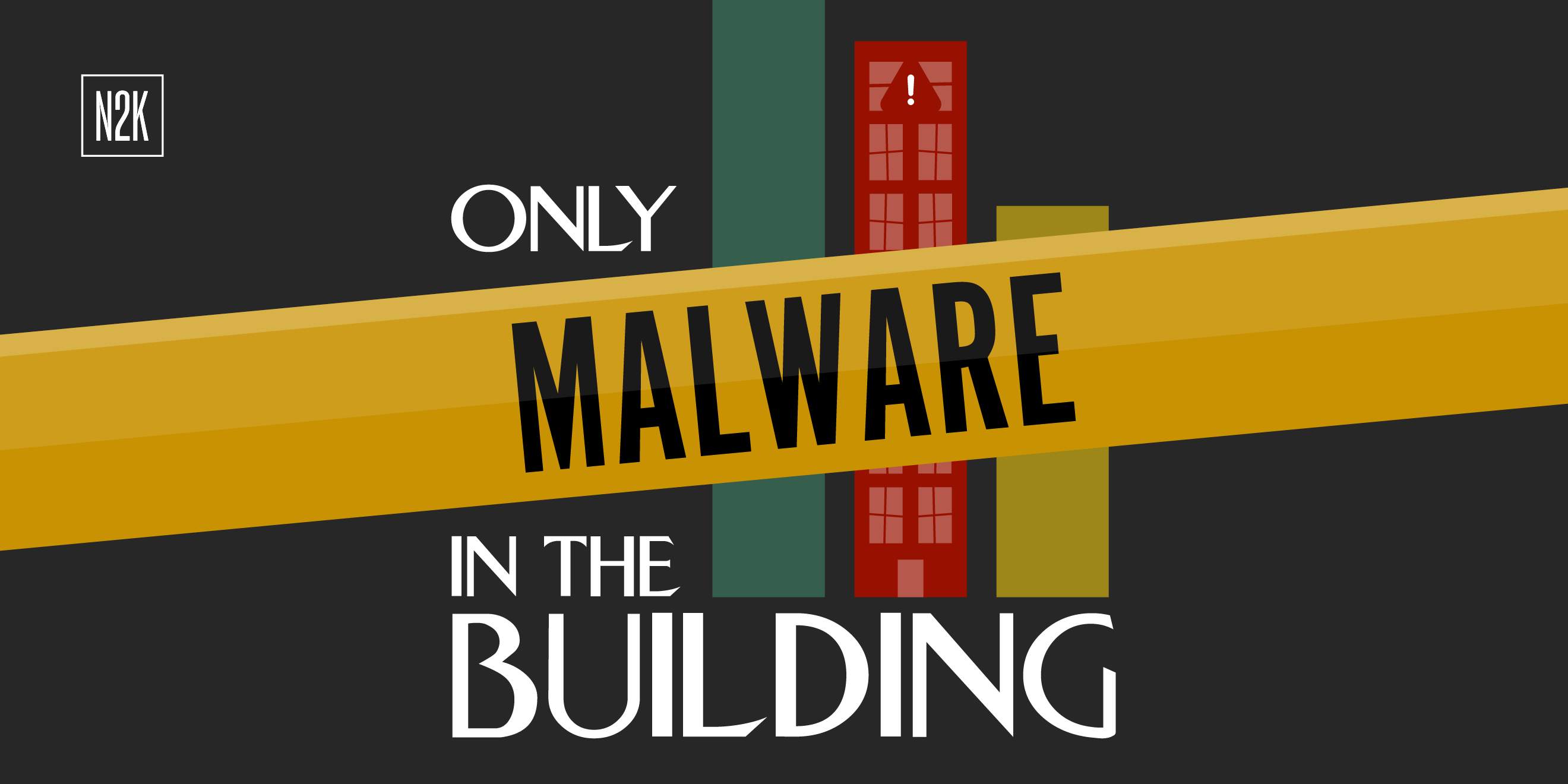- “문화 우선 접근이 성공의 비결” 에이버리 데니슨의 AI 혁신 전략
- “여러 AI 모델을 로컬에서 테스트 가능”···구글, 오픈소스 앱 ‘AI 엣지 갤러리’ 공개
- Why I recommend this OnePlus phone over the S25 Ultra - especially at this new low price
- I replaced my laptop with Microsoft's 12-inch Surface Pro for weeks - here's my buying advice now
- This palm recognition smart lock doubles as a video doorbell (and has no monthly fees)
US to Launch Cyber Trust Mark to Label Secure Smart Devices
The U.S. government is set to introduce a seal of approval to help consumers identify secure internet-connected devices, the White House announced in a press release on Jan. 7. The U.S. Cyber Trust Mark will certify devices that meet certain security standards. Following the initiative’s first announcement in July 2023, the Federal Communications Commission provided details on Tuesday about how companies can submit their products for approval under the new label. The label applies to…
Read More










